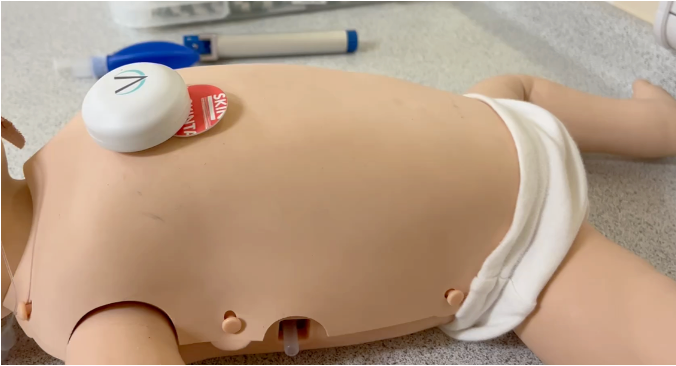Expert view: Nigel Strang
- 22 September 2010
 Nigel Strang
Nigel Strang
No human life is without risk; and there is certainly no healthcare without risk. Modern healthcare has contributed enormously to increased life expectancy and more so to the fall in the number of lasting disabilities that we have witnessed in recent decades.
Nevertheless, healthcare brings with it new risks that need to be addressed by healthcare providers, particularly the risk of medical errors. These include adverse drug reactions or drug interactions, surgical complications, faulty diagnoses or the accidental transmission of a nosocomial infection.
First and foremost, all the events mentioned above put the patient at risk. While most nosocomial infections will disappear quickly, some of them can lead to life-threatening situations. While most drug interactions will pass unnoticed, some will cause a considerable deterioration in the patient’s condition. And while most surgical errors can be dealt with by hospital staff, there will be some that ultimately kill the patient.
So the patient has an obvious interest in reducing medical errors. Healthcare systems as a whole share this interest, because medical errors are expensive.
Bad and expensive
The European Commission’s ‘eHealth for Safety’ report states that, in The Netherlands, more than 5% of all emergency admissions are related to adverse drug events. And in the UK, 4% of all hospital beds are occupied by patients suffering from adverse drug events.
This translates into considerable expense. It has been estimated that in the UK, patient safety incidents lead to costs in the range of £2 billion per year in extra bed days alone. Hospital-acquired infections add another £1 billion. There is little doubt that the situation will be similar in other healthcare systems, although reliable data is often hard to come by.
Carefully designed ICT tools can significantly increase patient safety. And, as a consequence, they can help to reduce unnecessary costs.
On the one hand, ICT can be used to reduce the frequency of errors by providing, for example, specific alerts when a drug interaction might occur, when the dosing of the drug has not been adjusted in a patient with renal failure, or when a drug is prescribed that is contraindicated in a given disease or situation.
The other possibility for using ICT tools in the context of increasing patient safety is to provide digital incident reporting systems. These systems help to recognise errors in the first place.
Under the Seventh Framework Programme (FP7), the European Commission has been funding numerous projects that deal with ICT solutions designed to increase medication safety or reduce hospital-acquired infections.
For example, in the DebugIt project, IT solutions were used to detect and eliminate bacteria. Under the EU-ADR project, software was developed to detect adverse drug events by data mining in clinical records and biomedical databases. And the PSIP project focused on providing intelligent medication procedures in order to reduce accidental errors.
New projects to improve safety
In a new funding round for FP7 projects starting in 2010, the Commission is focusing on ICT tools aimed at reducing errors in the context of surgery and interventional medicine. This can be achieved with better preoperative planning, or by using sophisticated intraoperative navigation systems.
The newly funded MXL project, for example, is trying to improve the results of joint surgery by computational modeling from X-ray data. The TLEMsafe project envisages a patient-specific navigation system for complex musculo-skeletal surgery.
And the SCATh project is geared towards increasing the safety of cardiovascular catheterisations. It will develop an ICT tool that is able to fuse preoperative patient-specific anatomical and mechanical data with intraoperative data streams from inside the human body in order to reduce the complications of catheterisation.
Related links:
About the author: Nigel Strang grew up and was educated in the UK, where he took a degree in Chemistry before running a computer store, moving into programming, and then taking French qualifications in IT. He was involved in setting up the French Cochrane Centre, and later worked for the French Biomedicines Agency. He joined the EC in 2009 to focus on creating software services for patients.
The views presented are those of the author and do not necessarily represent the official view of the European Commission on the subject.




